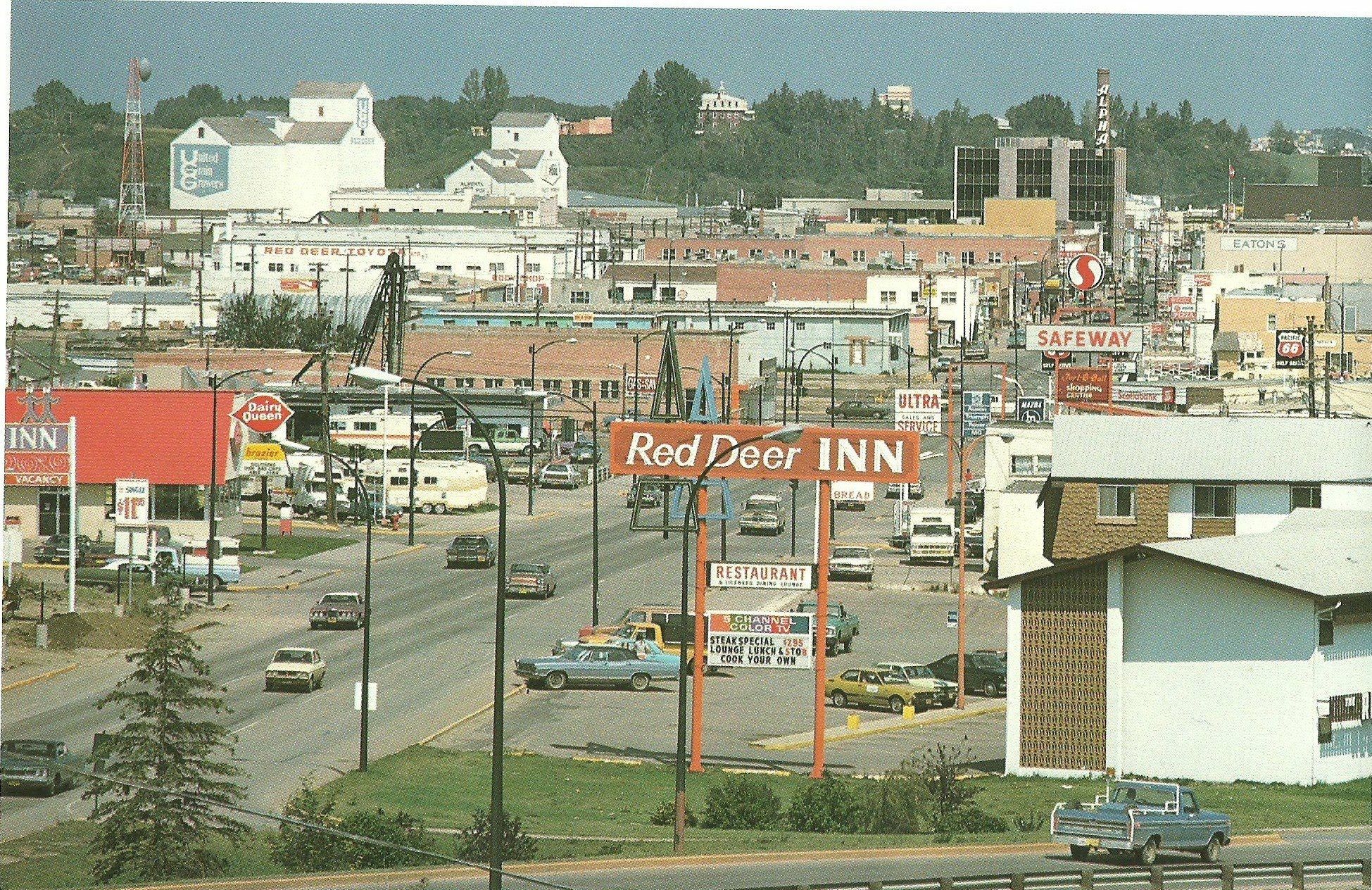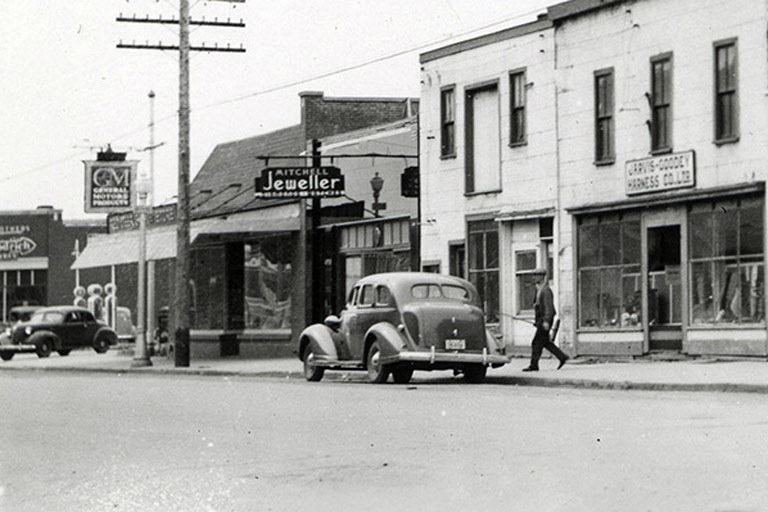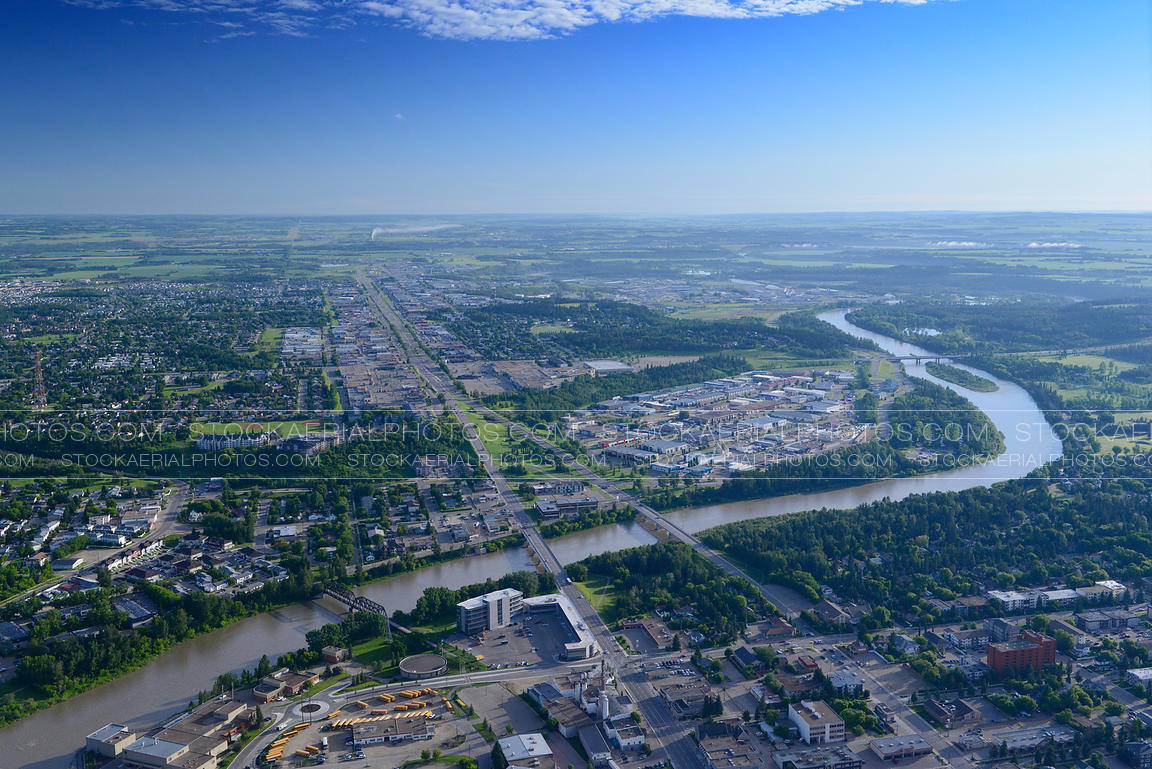About This Site
Welcome to "A Journey Through Time: The History of Red Deer". This website is dedicated to exploring the rich history of Red Deer, Alberta. From its indigenous roots to its modern-day landmarks, we invite you to discover the fascinating stories that have shaped this vibrant city.
A Deeper Look into Red Deer's History
Red Deer's history is a rich tapestry that stretches back thousands of years, deeply rooted in the traditional territories of Indigenous peoples long before European settlement. The area is the ancestral home of several Indigenous nations, including the Siksikaitsitapi (Blackfoot Confederacy), Cree, Stoney Nakoda, Tsuut'ina, Saulteaux, and Métis peoples.
Before European arrival, this region was a crucial gathering place and transportation corridor. The Red Deer River, known as "Waskasoo Seepee" (Elk River) in Cree, served as a natural pathway. A significant crossing point was located 7 kilometers upstream from the modern city, where First Nations and buffalo would traverse the river's wide, shallow waters.
Indigenous Presence and Treaties
The area is covered by two important treaties:
- Treaty 6 (signed in 1876) covering the northern side of the river
- Treaty 7 (signed in 1877) covering the southern side
European Settlement and Growth
The first European settlement began in 1882 where the old Calgary-Edmonton Trail crossed the Red Deer River. During the North-West Resistance of 1885, the Canadian militia constructed Fort Normandeau at this site. The settlement later moved 7 km downstream in 1891 with the construction of the Calgary-Edmonton Railway.
Key Historical Milestones
- 1882: First European settlement established
- 1891: Settlement relocated near railway
- 1901: Incorporated as a town
- 1913: Officially becomes a city
- 1923: Provincial Training School (later Michener Centre) opens
- Late 1940s: Significant oil and gas discoveries spark economic growth
- 1948: North Red Deer amalgamated
Economic Development
Red Deer developed primarily as an agricultural service and distribution centre. Its strategic location midway between Calgary and Edmonton, in the heart of a fertile mixed-farming district, contributed to its growth. The discovery of oil and natural gas fields after World War II transformed the city, making it one of Canada's fastest-growing cities in the late 1950s.
Cultural Significance
Today, Red Deer is Alberta's third-largest city, with a population of 100,844 as of 2021. It continues to honor its Indigenous heritage through ongoing reconciliation efforts and celebrates its multicultural history.
We respectfully acknowledge that the city of Red Deer (mihkwâpisimosos in Cree) is located on the traditional territories of the Siksikaitsitapi, Tsuut'ina, Stoney Nakoda, and the peoples of Treaties 6 and 7, and is a historic gathering place for diverse Indigenous peoples.
Historic Images of Red Deer



Featured Content
Indigenous History
Explore the rich heritage of the indigenous peoples who first inhabited the Red Deer area.
People of Red Deer
Learn about the influential figures who have shaped Red Deer's history and culture.
Historic Landmarks
Discover the iconic buildings and sites that tell the story of Red Deer's past.
Why Visit Red Deer?
Red Deer offers a unique blend of history, culture, and natural beauty. Here are some reasons to explore this fascinating city:
- Rich Indigenous Heritage: Discover the stories of the First Nations who have called this area home for millennia.
- Historic Downtown: Walk through time as you explore the well-preserved historic buildings in the city center.
- Natural Beauty: Experience the stunning landscapes along the Red Deer River and in nearby Waskasoo Park.
- Cultural Attractions: Visit museums, art galleries, and cultural centers that showcase the city's diverse history.
- Year-round Events: Enjoy festivals and events that celebrate Red Deer's heritage throughout the year.